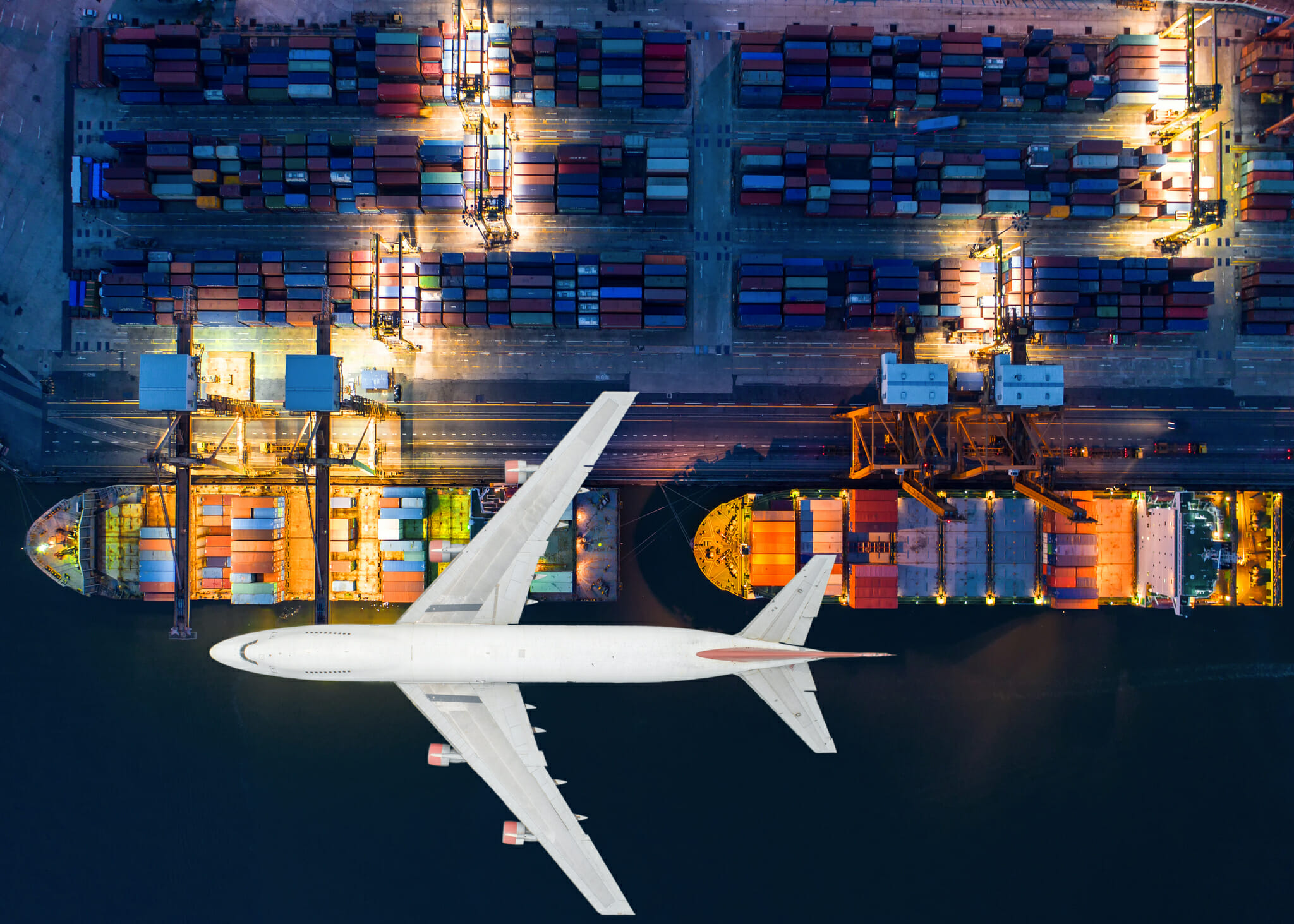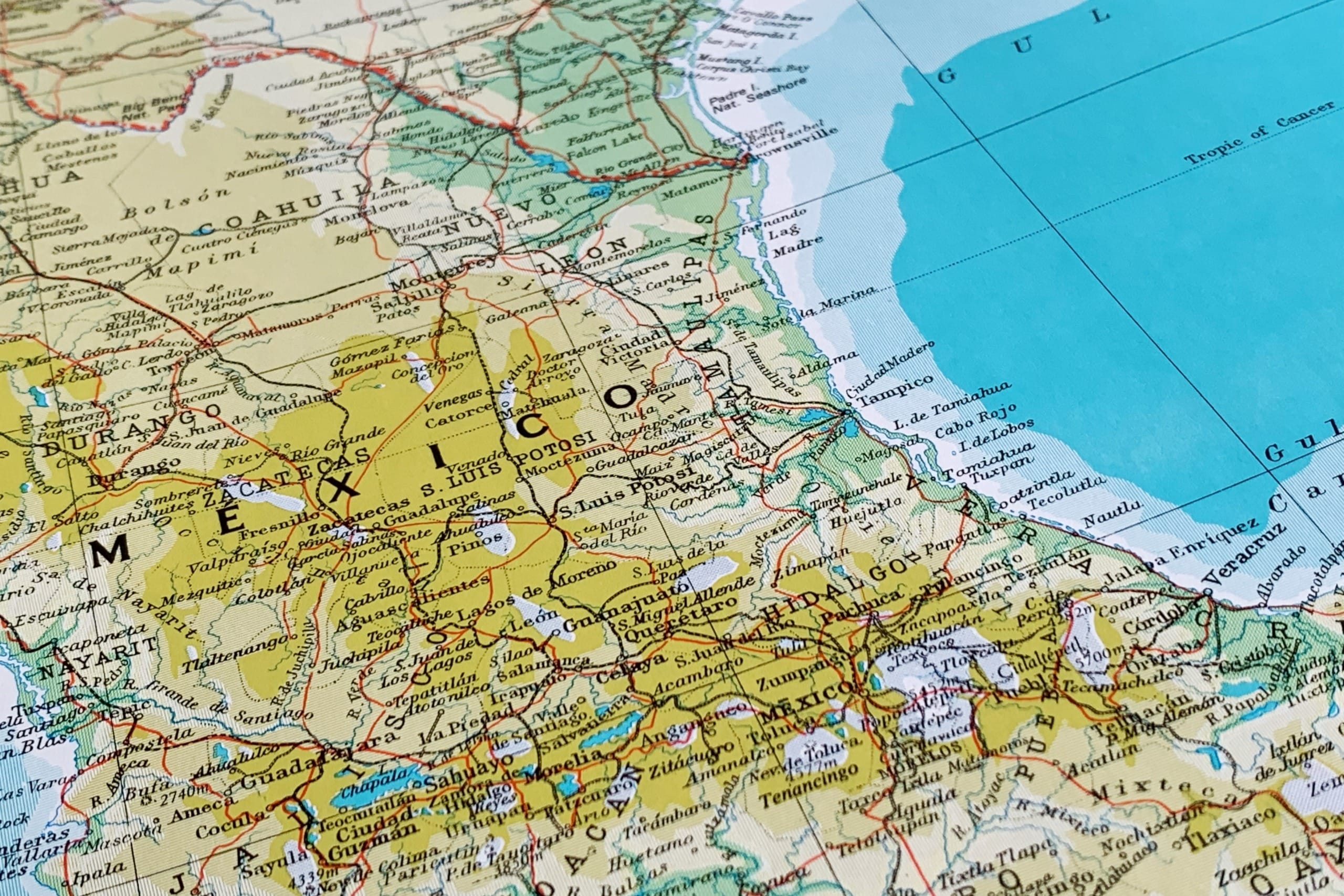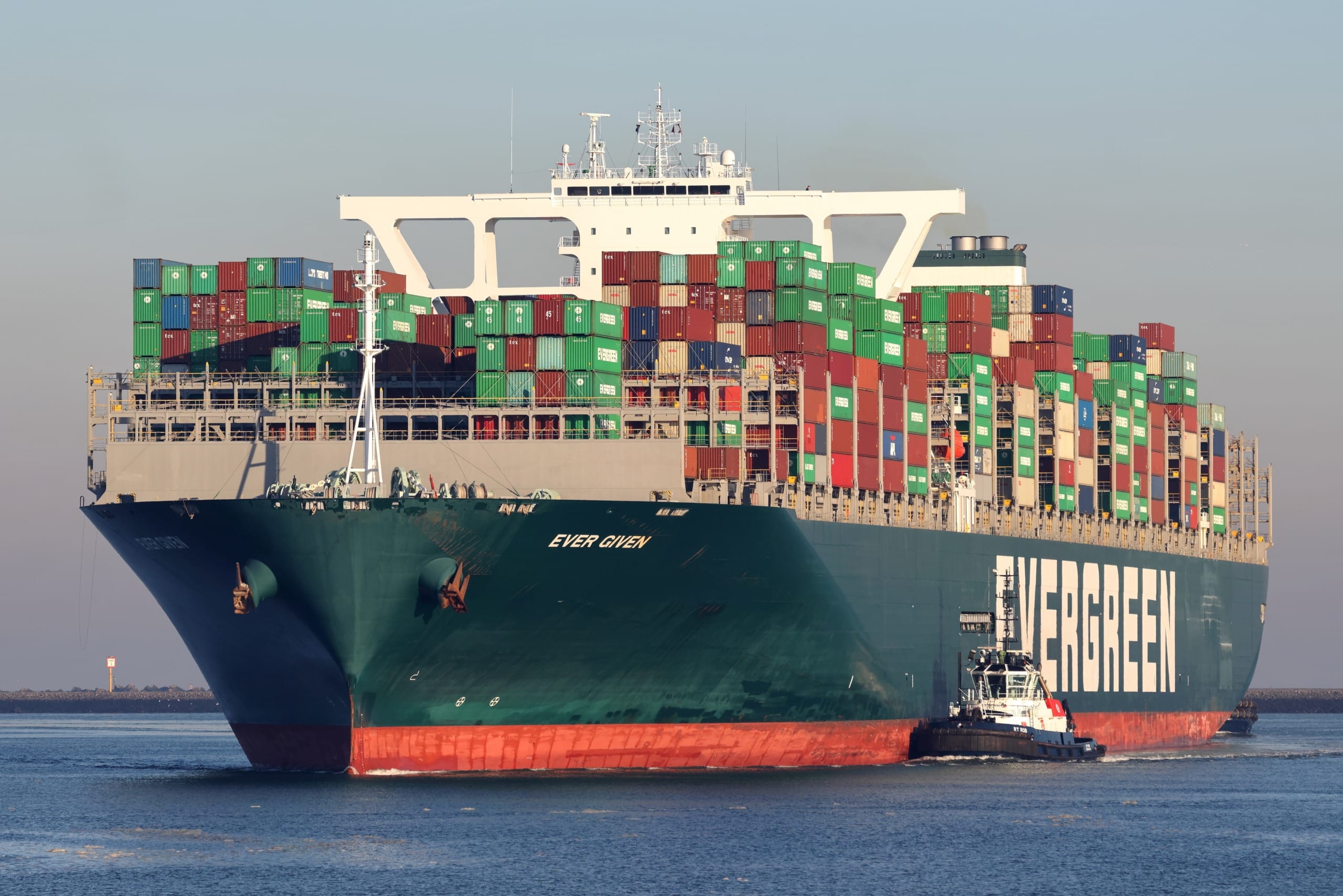
Over the past three decades, companies have made strategic decisions to outsource manufacturing to China despite the many challenges and risks that have persisted along the way. What began in the early 2000s as a cost savings play is now rooted in new product development initiatives taking advantage of the existing infrastructure and investment made in the past 20 years. As a result, China has become the world’s biggest manufacturing hub, accounting for 28 percent of the world’s global manufacturing output.(1)
Finding the right China supplier and establishing a trusting relationship have been just the few of many obstacles that companies with China suppliers have had to overcome. While some of the same challenges that companies faced 30 years ago are still present today, new challenges have emerged. Trade policy uncertainties, increasing costs, and stricter government regulations, have driven companies to consider new manufacturing supply chains in other parts of Asia. China Manufacturing alternatives will be geopolitical hedges that simply can’t be overlooked any longer with the Covid19 pandemic shutting down travel to China, some say until the last quarter of 2020. Options involving turnkey manufacturing in Southeast Asia will become the new normal for new supply chain planning strategies.
Trade Policy Uncertainties
Shifting trade policies have impacted many companies from maintaining uninterrupted supply chains. In 2019, the American Chamber of Commerce in China conducted a survey of their member companies to assess the impact of the increase in U.S. and Chinese tariffs on companies operating in China. Of the nearly 250 responses, 74.9% of respondents said the increases in U.S. and Chinese tariffs are having a negative impact on their businesses and approximately 40% of respondents are considering or have relocated manufacturing facilities outside of China.(2) With this kind of uncertainty, it’s important to have a “Plan B” in place and incorporate flexibility in supply chains wherever possible. For more information, see The Impact of China Tariffs and Strategies on How to Mitigate Their Consequences.(3)
Fast-Changing Government Regulations
In early 2014, China declared war on pollution and enacted its green revolution. Since then, China has taken a number of measures to improve air and water quality. Due to this environmental crackdown there have been massive improvements but with a price. Industrial manufacturers have been the target of many anti-pollution initiatives resulting in an increase in inspections, fines, and factory shutdowns nationwide. Penalties have affected about 40% of factories across the country with more than 80,000 factories charged with criminal offenses and tens of thousands being shut down permanently(4), undoubtedly causing disruptions in the supply chain. See How Manufacturing in China Has Changed Overnight(5) for 6 things businesses can do to mitigate risks of supply chain disruptions due to the increase in government environmental regulations.
Establishing and Maintaining Relationship with Suppliers
The supply chain management style in the West and in China are vastly different and what may work in the West may not be effective in China. The same goes for establishing and maintaining relationships with suppliers. In the West, business partnerships tend to be contractual and ready to cut down to the chase, whereas China business partnerships take time and are centered around relationships and trust. Many companies hired top china supply chain consultants to assist in building strong relationships as this meant the difference between success or failure for their business. The same will be required for brands seeking manufacturing partners in other S.E. Asian countries.
Quality Assurance Management
Quality Assurance is not the same as a quality inspection. QA is rooted in practice and repetition. Similar to supply chain management, quality assurance management can be very different from the West. The principles that Western businesses may take for granted and basic “rules” that most Western manufacturers follow may not have the same intuitive acceptance in China. Language and culture barriers can also contribute to unclear expectations and issues in transparency. It is important to clearly define all expectations and specifications and get it all in writing. Implementing a clear supplier qualification process and hiring an unbiased third party inspection service is crucial and sets the tone for the partnership.
After a supplier has been qualified, it’s important to routinely mentor and monitor suppliers’ performance with in person visits, audits and implementation of on-site quality assurance programs. AQL testing(6), and pre-shipment inspections are only final steps as quality problems can’t be fixed just before products ship. Asia factory audits and practices for pre-shipment inspections in China/Asia may require some refining from common practices in the West. Offshore factory audit consultants can assist with these differences.
It Won’t Happen Overnight
While some of these new challenges have undoubtedly motivated companies to relocate manufacturing to Southeast Asia, Mexico, and even back home, it’s important to look at the pros and cons for both the short-term and long-term. With the entire travel industry turned upside down many U.S. companies are increasingly relying on factory supply chain consultants in Southeast Asia to assist in the search to find manufacturing alternatives in Taiwan, Thailand, Vietnam and India. Rome wasn’t built in a day and neither will setting up manufacturing in a new country. The obstacles corrected and smoother roads paved over decades will take time and patience to replicate. Industry 4.0 will affect value chains and supply chains in the long term. As labor costs continue to increase world-wide and automation continues to take center stage total cost of goods is not the same as a spreadsheet quotation.
Resources:
- https://www.statista.com/chart/20858/top-10-countries-by-share-of-global-manufacturing-output/
- https://www.amcham-shanghai.org/sites/default/files/2019-05/Joint_survey_on_tariffs_May_2019.pdf
- https://baysourceglobal.com/avoid-china-tariffs-2019/
- https://www.npr.org/sections/parallels/2017/10/23/559009961/china-shuts-down-tens-of-thousands-of-factories-in-unprecedented-pollution-crack
- https://baysourceglobal.com/how-manufacturing-in-china-has-changed-over-night/
- https://baysourceglobal.com/managing-quality-assurance-outsource-manufacturing/
Evy Pinero is a research assistant with Baysource Global and currently pursuing an International Masters in Engineering Management at Tsinghua University in Beijing.
Contact Us





Follow Us